According to a newly released report, HSBC Bank's analysis department assessed that economic conditions in Vietnam have not worsened but have not improved significantly either.
There are growing risks to growth, particularly from the trade cycle. Exports continue to decline due to the impact of the US economic slowdown, and falling orders suggest that the trade downturn could last through the third quarter of 2023.
A bright spot has been a recovery in tourism, thanks in part to efforts to increase flight frequencies and ease visa requirements.
“All things considered, we have cut our 2023 growth forecast to 5% from 5.2% previously,” said an expert at HSBC.
In the second quarter, the State Bank of Vietnam (SBV) cut its policy interest rate three times, each time by 50 basis points. At the same time, the Government also announced fiscal measures. However, after half a year, challenges remain.
GDP growth in the second quarter was 4.1% year-on-year, beating market expectations of 3.8%. Overall, Vietnam’s growth has slowed sharply from last year’s impressive 8%, largely due to external risks.
Trade, one of Vietnam’s main growth drivers, has been gradually weakening since Q4/2022. The decline in manufacturing clearly reflects the growing trade challenges. The good news is that trade shows no signs of further deterioration, but there are no clear signs of recovery.
Manufacturing growth surprised positively in the second quarter but contributed minimally to growth. Exports continued to decline by double digits. Large shipments of consumer electronics, textiles/footwear, machinery, and wooden furniture declined by double digits, largely due to a decline in US import demand.
As of this writing, Vietnam's exports to the US have fallen 20% year-on-year, showing the severity of the trade downturn.
The only bright spot was agricultural exports, but their 10% share was too small to offset the broader weakness in other sectors.
The June heatwave has also hit the manufacturing sector hard in the north, where major tech companies have their manufacturing bases. As the energy problem gradually eases, production cuts have compounded the industry’s woes.
According to Yun Liu, ASEAN Economist, Global Economics Research, HSBC, the PMIs are not showing any improvement in the near future. The bank expects the earliest changes in trade trends to occur around Q4, with a stabilization followed by a clear increase in shipments.
In other words, Vietnam is still facing a prolonged trade downturn, especially when the unfavorable base effect is more severe in the third quarter.
There are still positive signals.However, HSBC's report shows that Vietnam's current account unexpectedly improved significantly to 6.1% of GDP in the first quarter, providing valuable support for the VND.
Despite the decline in exports, Vietnam’s service sector has made up for it to some extent. Specifically, tourism-related services including transportation, accommodation and catering continued to maintain strong growth momentum.
In the first half of 2023, tourists to Vietnam totaled 5.6 million, recovering 80% compared to the monthly level of 2019. Of which, Chinese visitors were the main group.
Part of the recovery comes from efforts to restore direct flights with China, with Vietnam second only to Singapore in ASEAN, and progress is on track to exceed the original target of 8 million tourist arrivals per year.
The National Assembly also passed a law easing visa restrictions, effective August 15. The timely change facilitates easier travel and attracts increased tourist numbers.
In June, headline inflation was kept under control at 2% year-on-year. Notably, core inflation cooled down to 4.3% year-on-year, below the ceiling for the first time in 9 months. However, the risk of price increases persists, and the VND may face pressure from the risk of depreciation from "eroding" real interest rates.
From the above context, HSBC expects growth to have a major turning point in the fourth quarter of 2023, with increased monetary support measures.
“We expect the SBV to cut interest rates by another 50 basis points in Q3/2023, bringing the policy rate to 4%. This would likely reverse the SBV’s tightening efforts in 2022, and also correspond to the level of monetary support during the pandemic,” said Ms. Yun Liu.
Source


![[Photo] President Luong Cuong receives Lao Prime Minister Sonexay Siphandone](https://vstatic.vietnam.vn/vietnam/resource/IMAGE/2025/4/17/337e313bae4b4961890fdf834d3fcdd5)
![[Photo] Prime Minister Pham Minh Chinh and Ethiopian Prime Minister visit Tran Quoc Pagoda](https://vstatic.vietnam.vn/vietnam/resource/IMAGE/2025/4/17/18ba6e1e73f94a618f5b5e9c1bd364a8)
![[Photo] Hundred-year-old pine trees – an attractive destination for tourists in Gia Lai](https://vstatic.vietnam.vn/vietnam/resource/IMAGE/2025/4/17/25a0b7b629294f3f89350e263863d6a3)
![[Photo] General Secretary To Lam attends conference to meet voters in Hanoi city](https://vstatic.vietnam.vn/vietnam/resource/IMAGE/2025/4/17/889ce3da77e04ccdb753878da71ded24)
![[Photo] President Luong Cuong receives Kenyan Defense Minister Soipan Tuya](https://vstatic.vietnam.vn/vietnam/resource/IMAGE/2025/4/17/0e7a5185e8144d73af91e67e03567f41)
![[Photo] President Luong Cuong receives UN Deputy Secretary General Amina J.Mohammed](https://vstatic.vietnam.vn/vietnam/resource/IMAGE/2025/4/17/72781800ee294eeb8df59db53e80159f)
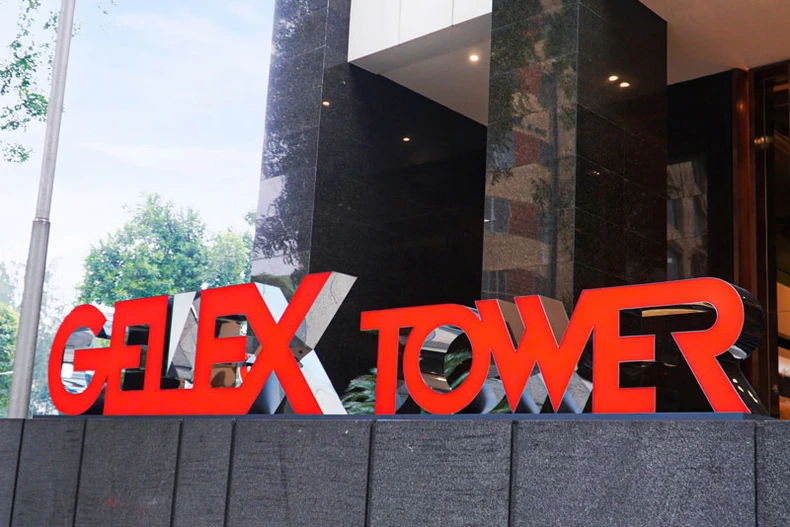

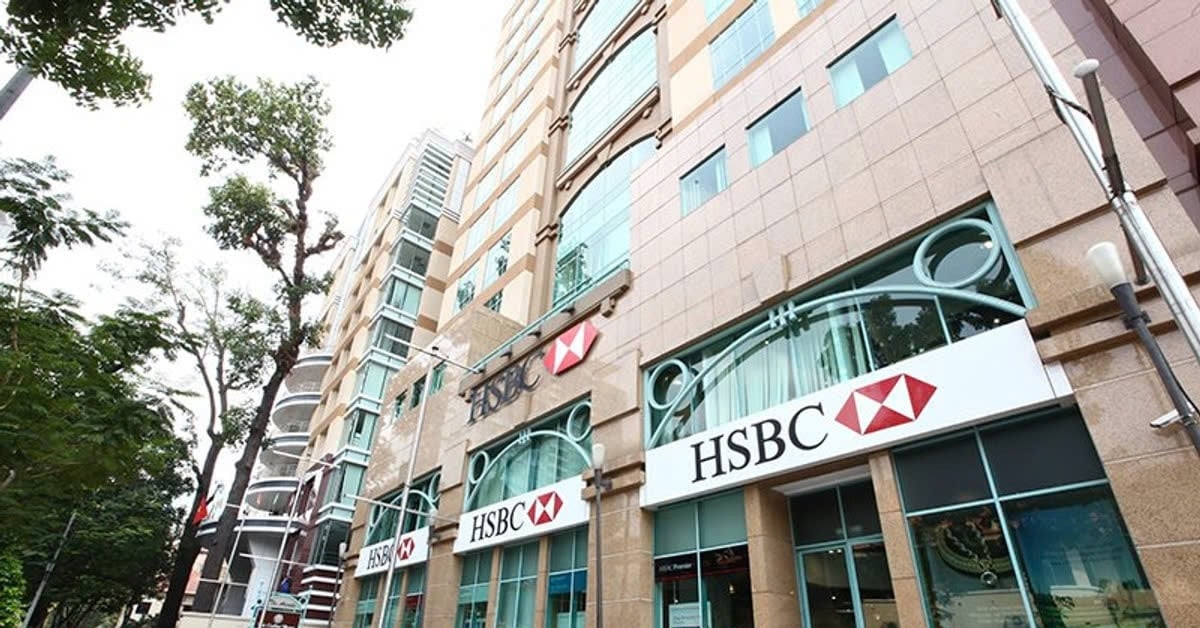

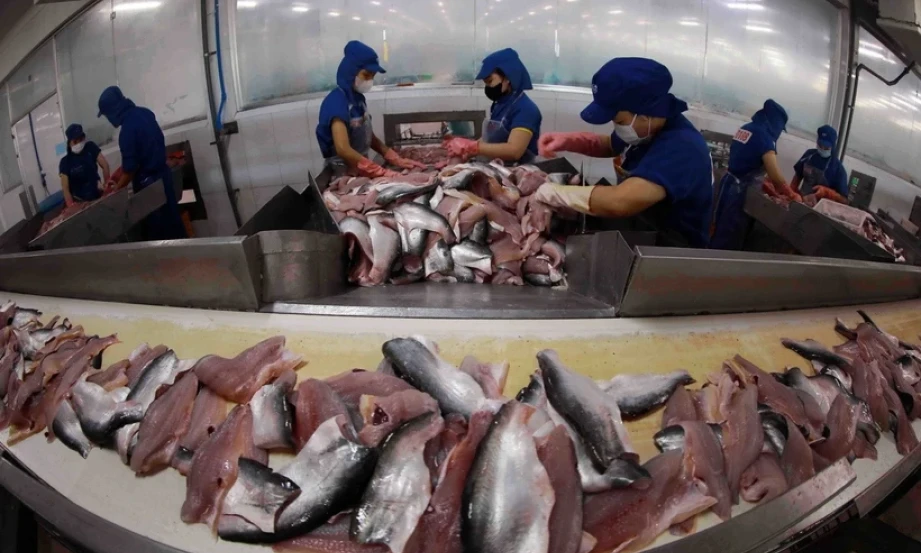






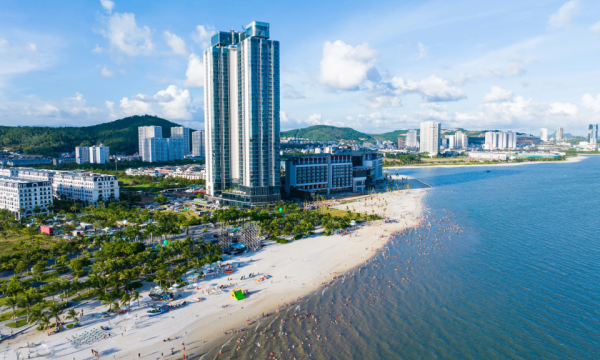









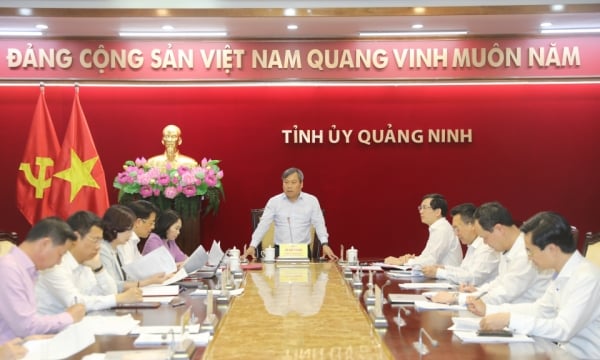

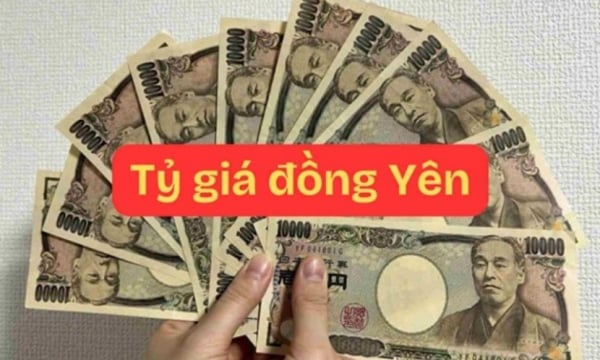


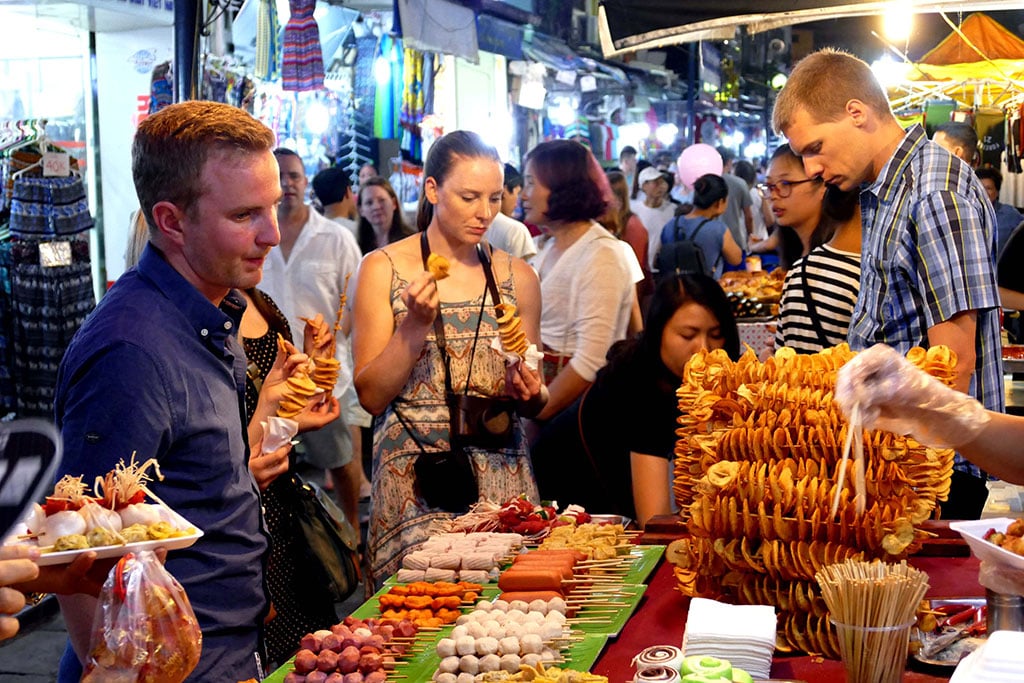


















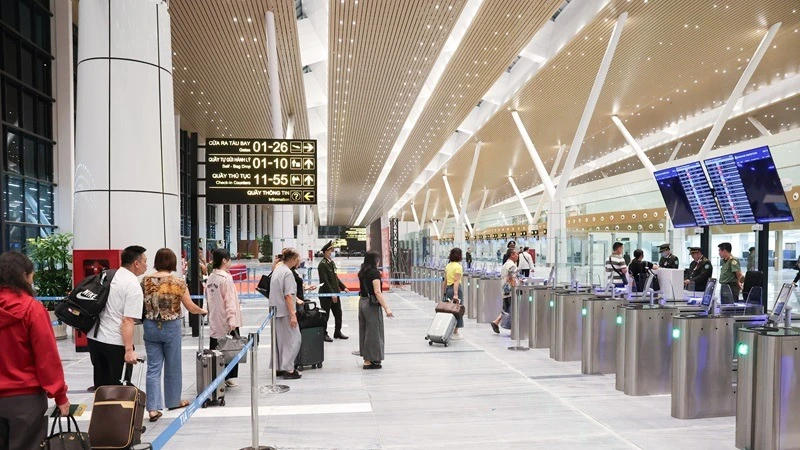


![[Video] Viettel officially puts into operation the largest submarine optical cable line in Vietnam](https://vstatic.vietnam.vn/vietnam/resource/IMAGE/2025/4/17/f19008c6010c4a538cc422cb791ca0a1)
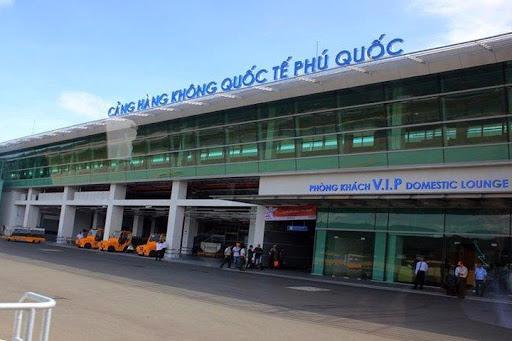







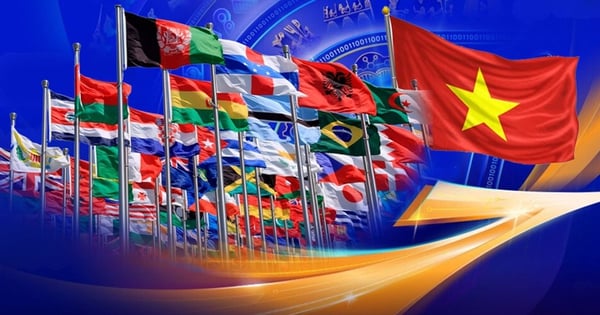
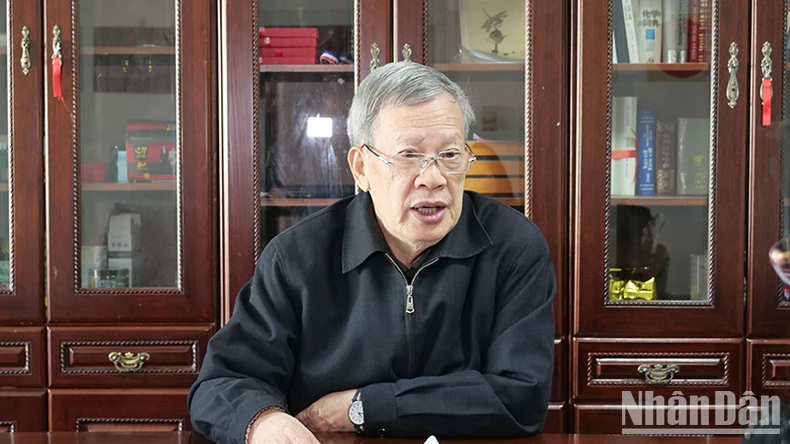




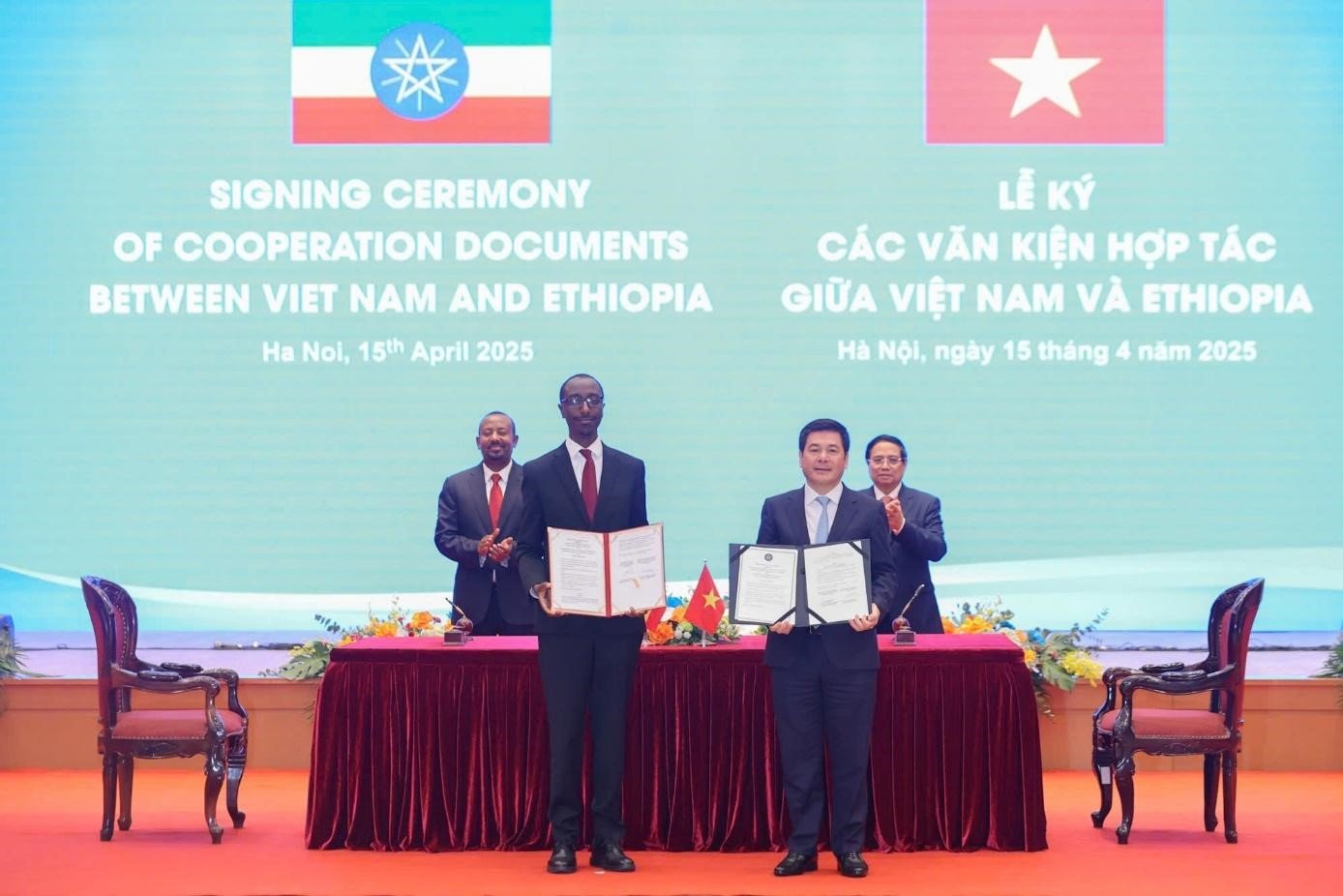



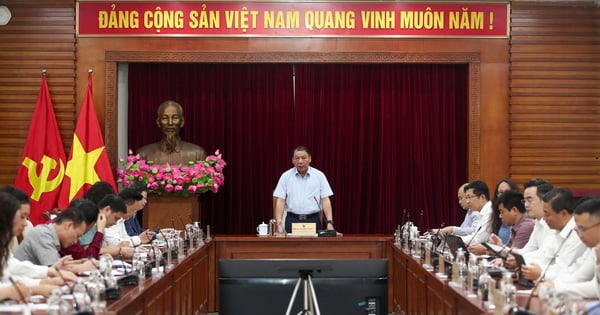






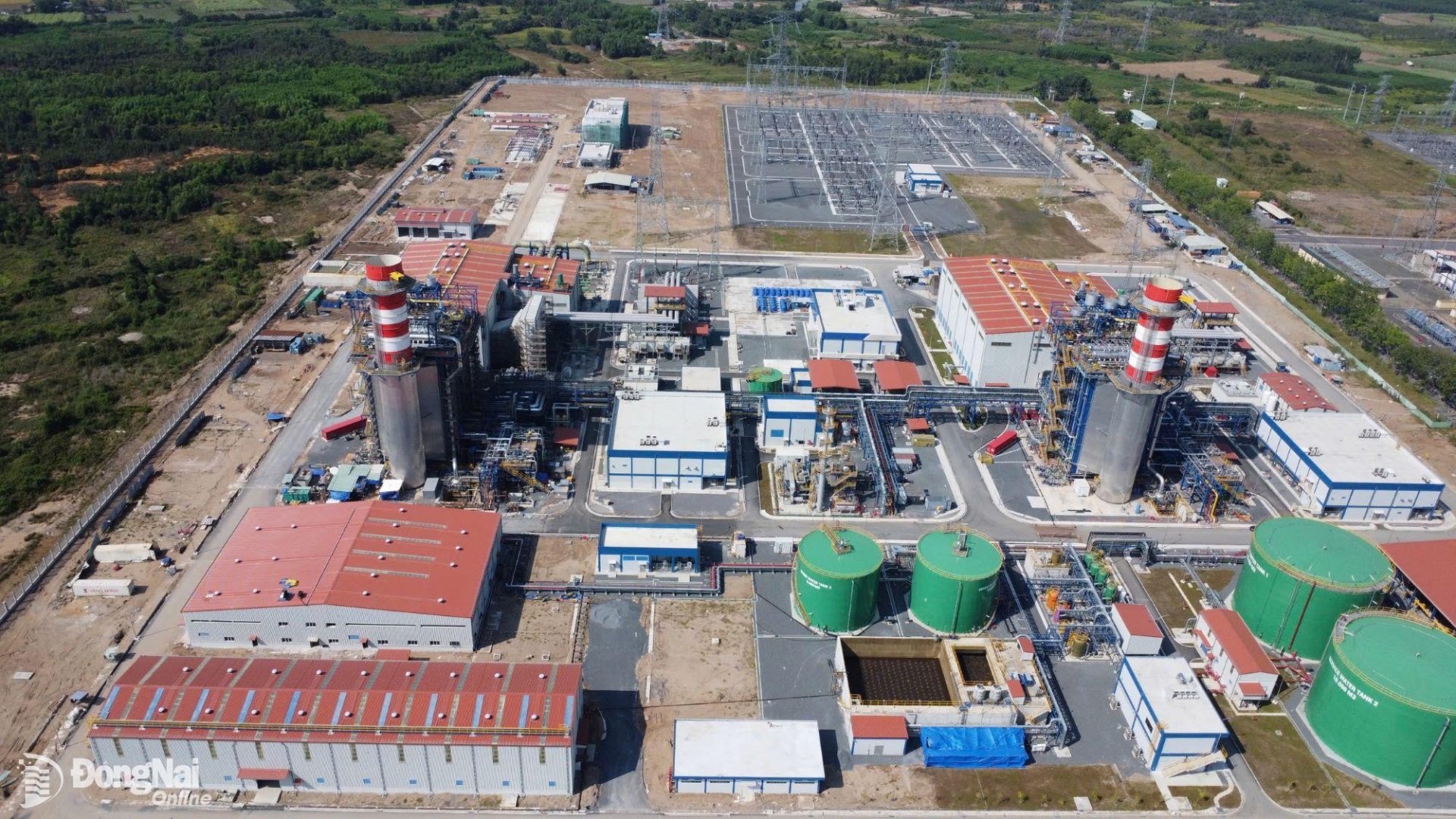







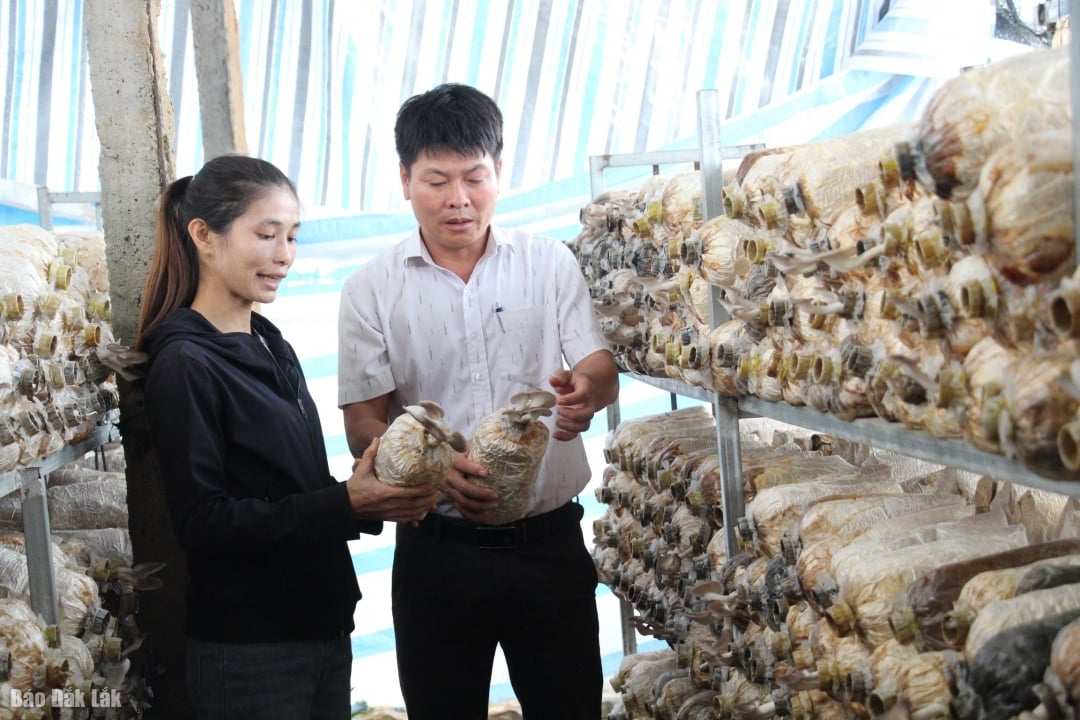





Comment (0)